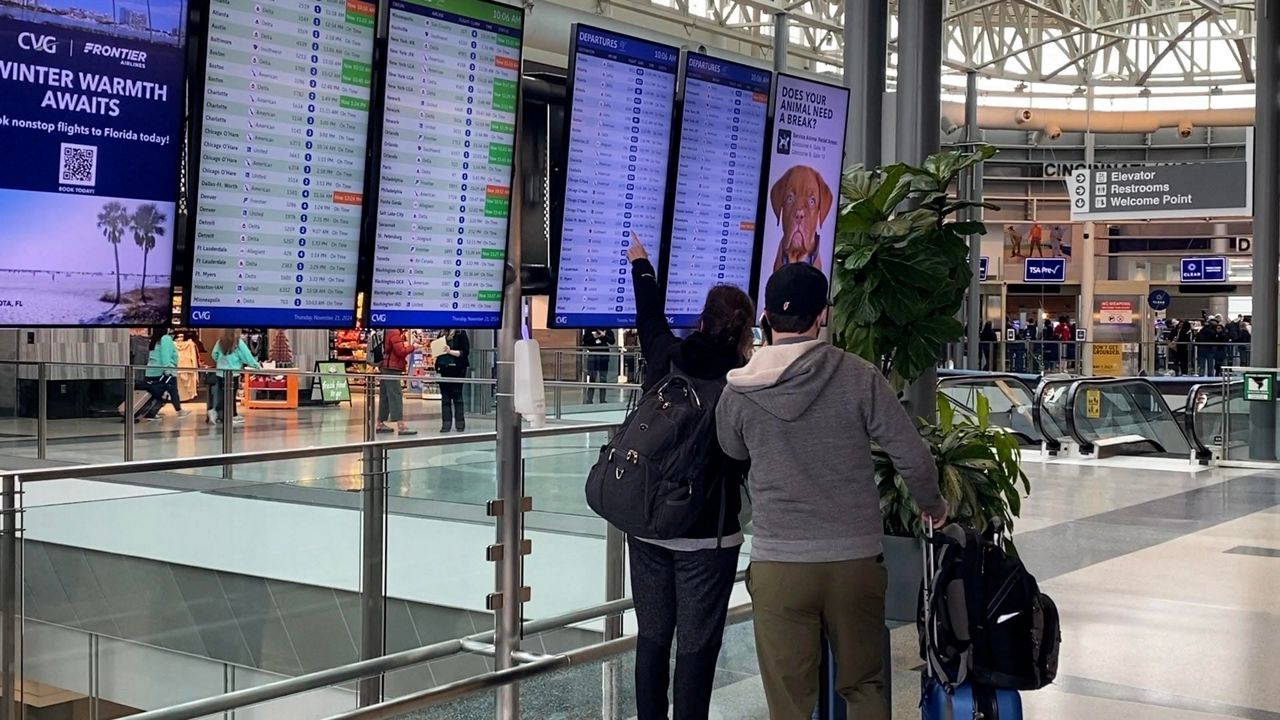Sports
National College Players Association says it opposes $2.8 billion NCAA-House settlement
A week before a critical hearing in the NCAA-House antitrust settlement, the National College Players Association announced Thursday that it stands in opposition of the settlement.
The NCPA, a pro-labor union membership organization started in 2001, is against the approval of the settlement terms, most notably citing the agreement’s intent to curtail the millions of dollars flowing to athletes from booster-led NIL collectives.
NCPA executive director Ramogi Huma, an athletes rights leader and decades-long prominent critic of the NCAA, announced the news in a statement, referring to the settlement agreement as “unjust” and harmful for current and former athletes.
“The NCPA will work to get this settlement rejected so that parties can come up with a fair settlement or go to trial,” Huma said in the statement.
The announcement is the latest public objection of the NCAA’s landmark agreement to settle three antitrust cases (House, Hubbard and Carter) and it comes one week before a Sept. 5 preliminary approval hearing before California District Judge Claudia Wilken. The agreement, reached in May, is a two-part settlement: It would deliver nearly $2.8 billion in back damages to former athletes and it ushers into college athletics a new compensation model by permitting schools to directly share revenue with athletes totaling more than $20 billion over the next decade.
The lead plaintiff’s attorneys in the House case, Steve Berman and Jeffrey Kessler, as well as college leaders involved in the negotiations, continue to express confidence in the judge granting preliminary approval of the settlement. The virtual hearing will be open to the public and will include attorneys representing (1) the NCAA and power conferences, (2) the plaintiffs and (3) one of the chief objecting parties to the settlement, those from the Fontenot antitrust case who are arguing that their claims are not released in the settlement agreement.
“We’re very positive she’s going to overrule these objections,” Berman told Yahoo Sports in a recent interview. “The judge is not going to accept the idea that almost $3 billion in past damages and $22 billion going forward is not a huge recovery. That objection is not going to fly.”
Meanwhile, a more unofficial objection is emanating from the NCAA’s most fierce critic, Huma and the NCPA. The NCPA says it has more than 20,000 current and former members and has historically filed or encouraged pro-athlete legislation or litigation, including the fight to make college athletes employees before the National Labor Relations Board.
Huma’s group is positioned to rally players to fight against the settlement. For instance, the NCPA announced Thursday that any Division I college athlete who does not agree with the settlement visit the NCPA’s website for more information and “how to help make sure that this settlement is rejected.”
In interesting timing, OneTeam Partners, which has partnered with thousands of college athletes for group NIL deals, distributed a letter earlier this week to college football players encouraging them to join the NCPA. The letter, obtained by Yahoo Sports, states that if players join the NCPA, “you can expect to be kept up to date on critical developments through the NCPA’s membership newsletter and have opportunities to lead on important issues relevant to collegiate athletics.”
The NCPA believes that the settlement (1) allows the NCAA, conferences and schools to collude to ban revenue sharing if employment arrives in college athletics — an inevitability, some believe; (2) does not require schools to share any revenue; (3) replaces full athletic scholarships with the ability for schools to offer partial scholarships; and (4) positions the conferences and NCAA to abolish collectives that are distributing millions of NIL-related dollars to athletes.
The collective space is big business. Most power conference school collectives are doling out anywhere from $5-$15 million annually, much of it flowing to football and men’s basketball players in an effort to retain current or acquire new athletes. Opendorse, an NIL platform, estimates that collectives will spend more than $1 billion this year.
“Shutting down the money from collectives is a central part of the settlement and is an attempt at allowing colleges to re-monopolize booster money,” Huma said in a statement. “Before NIL, boosters could only pay the colleges to try to give their favorite program an advantage. The colleges want that money back.”
The settlement agreement incentivizes schools to shutter their affiliated collectives by giving universities the ability to share upward of $22 million annually with athletes. The settlement also confirms existing NCAA rules that prohibit pay-for-play, specifically noting that boosters are prohibited from compensating athletes through NIL deals unless they can prove that the deals are authentic and meet fair market value.
A clearinghouse and enforcement arm, possibly overseen by third-party entities and not the NCAA, are expected to police these matters. Players and schools charged with violations have the option to appeal the ruling through a neutral, arbitration process overseen by the court.
The settlement is a long way from an approval, though. If Wilken grants the preliminary approval on Thursday, plaintiffs lawyers get 90 days to gather names of class members from universities and issue them notices of the settlement. There is another 90-day period for those members to individually object to the settlement, Berman said.
A final approval is not expected before January and could stretch into March, said Kessler.
In the meantime, many organizations, individuals and even some college administrators have expressed skepticism and doubt that the settlement offers a strong long-term solution for college athletics.
The settlement may still need codification from Congress to grant the NCAA and conferences authority to police outside, third-party NIL payments, and it offers little in the way of a solution when or if athletes are deemed employees — a concept that may be significantly impacted by the results of the November U.S. presidential and Senate elections.








